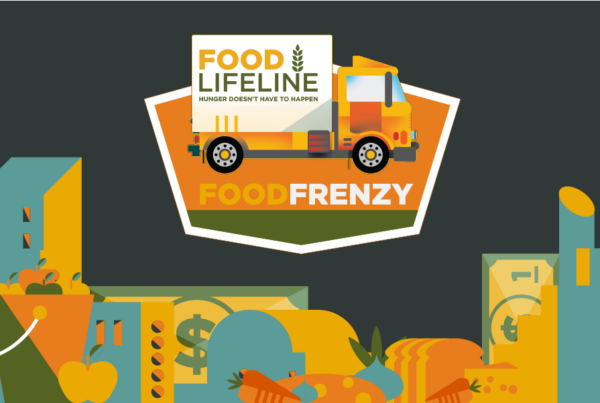For the first time since the start of the recession, the food insecurity rate in Western Washington is below 14%!
Since 2009, the rate fluctuated between 14.2% and 14.5%. Today, new figures* released in Feeding America’s Map the Meal Gap study show the percentage of food insecure individuals as 13.8% or 673,000 people. Statewide, the rate is just a little higher at 14.6%, with an additional 344,000 food insecure people.
What is food insecurity exactly?
Defined by the US Department of Agriculture, food insecurity is when a household lacks access to enough food for an active, healthy life, or when there is limited or uncertain availability of nutritious food. Tracking the rate of food insecurity across Western Washington allows us to have a better idea of where to focus our programs.
What about childhood hunger? Any improvement there?
Unfortunately, the latest hunger statistics are is not as great for the kids in our state. Despite a decrease in statewide numbers since a peak in 2009, childhood hunger in Western Washington increased in 2012 and held steady through 2013.More than one in five, or nearly 227,200 kids face hunger in our community.

Just how many meals are missing?
The number of meals missing for food insecure people paints a more complex picture, however. Although the estimated number of meals missing in Western Washington fell from 2012-2013, it is still 10 million more than the start of the recession in 2009.

So what now?
While many of these numbers are heading in the right direction, you can see there is still a lot of work to be done. Fortunately, your support of Food Lifeline already provides over 32 million meals every year. And the good news is there is still so much good food out there for us to rescue and deliver to people in need. You can help stop hunger in many ways. Find out how to get involved here.
To check out the numbers for yourself, visit Feeding America’s Map the Meal Gap website!
* Released annually the Map the Meal Gap study uses the most recent food insecurity numbers available, which in this case are from 2013.





